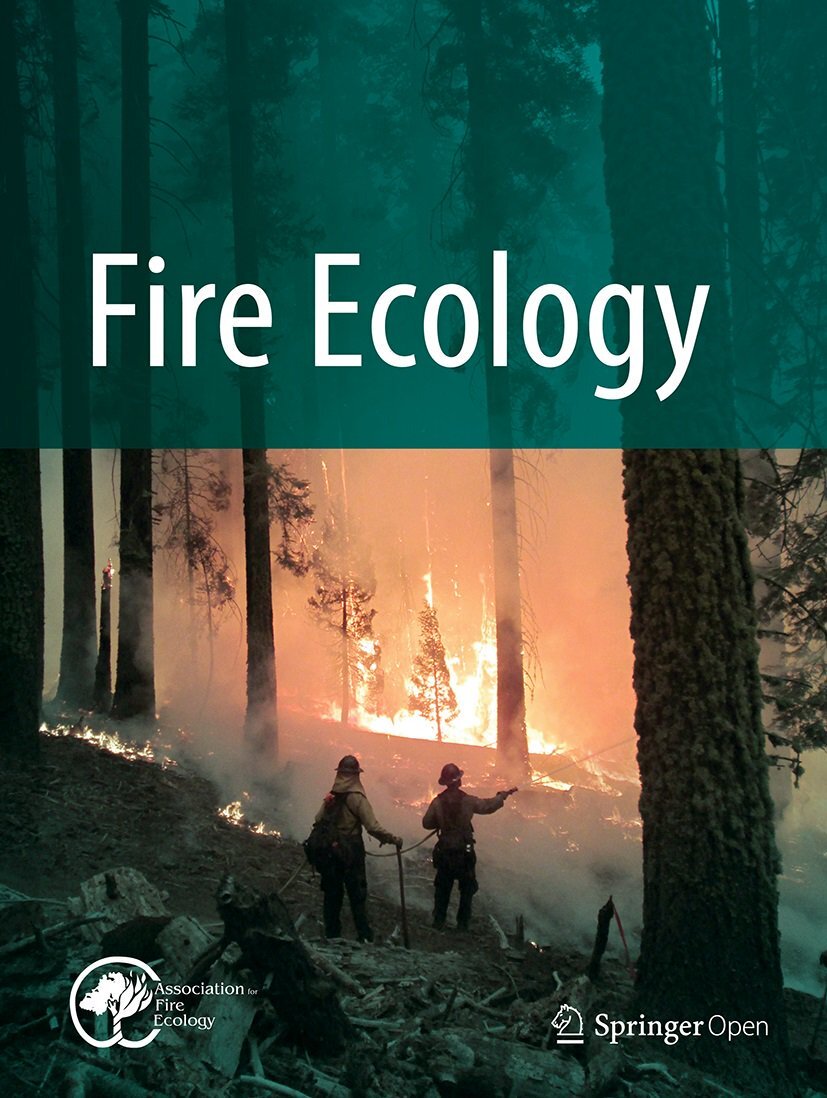Presented by: Dan Neary, USDA Forest Service
March 30, 2022, 10:00AM-11:00AM MDT
Wildfires can produce significant hydrological and ecological impacts on forest, woodland, and grassland ecosystems depending on fire size, severity, duration, timing, fuel loads, and weather conditions. In the past several decades, wildfire conditions have changed from previous ones in the 20th Century. Wildfires are now burning larger areas in hotter, windier, and drier weather. In addition, the timeframe for these fires has expanded by four months in some regions to 12 months in fire-prone states like California. These large fires, known as megafires (greater than 40,000 acres) are burning more wildland areas every year. Some reach the giga-fire classification (405,000+ acres) with increasing frequency. These trends are contributing to increased desertification of forest lands. This presentation examines the role of these large fires in producing desertification of wildland ecosystems.
This webinar is part of the spring 2022 Science You Can Use Webinar Series, which features land-manager focused webinars presented by Rocky Mountain Research Station scientists and collaborators. These one hour sessions will begin with concise presentations followed by Q&A and discussion.


